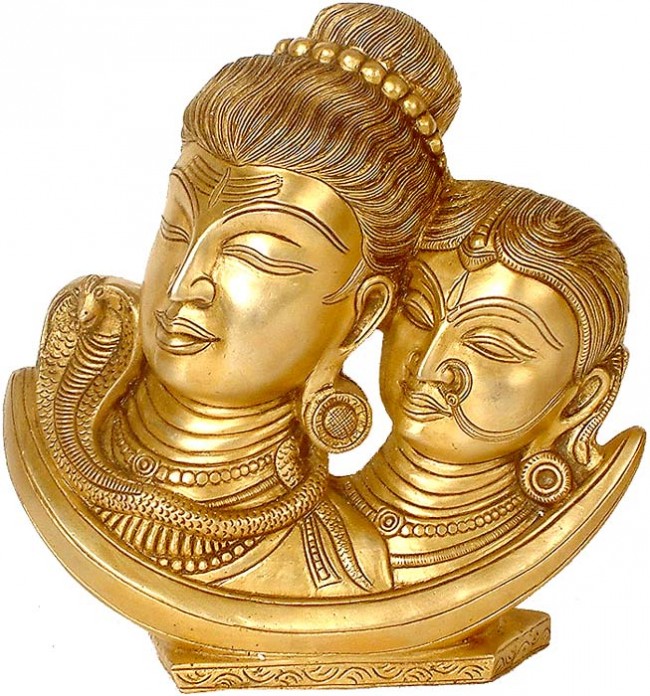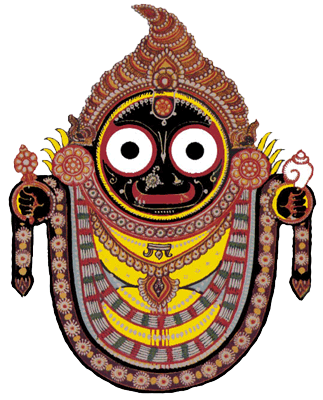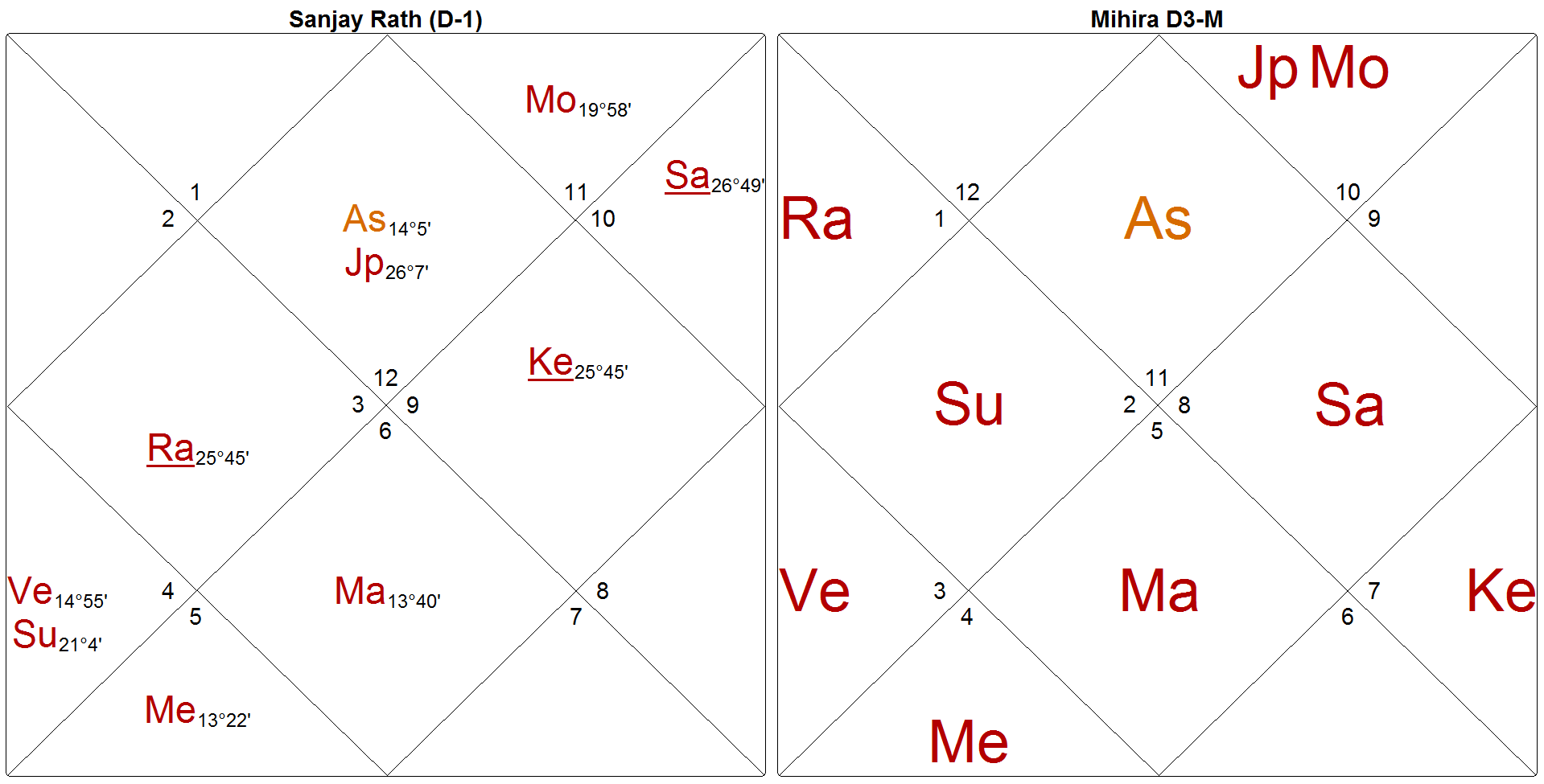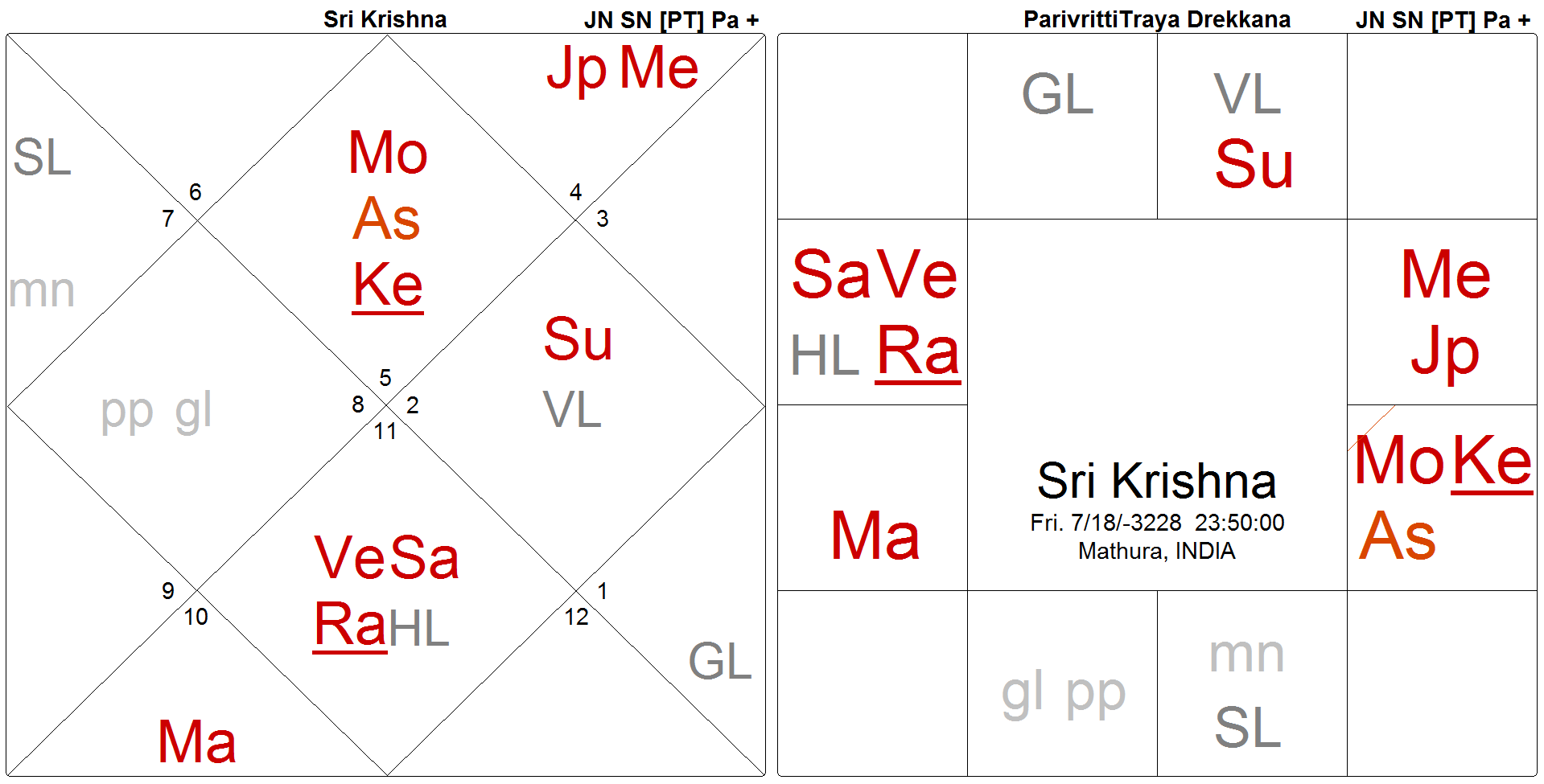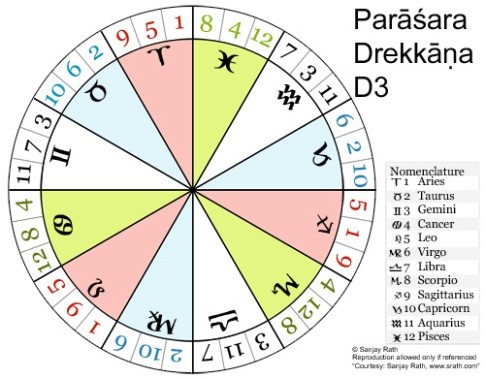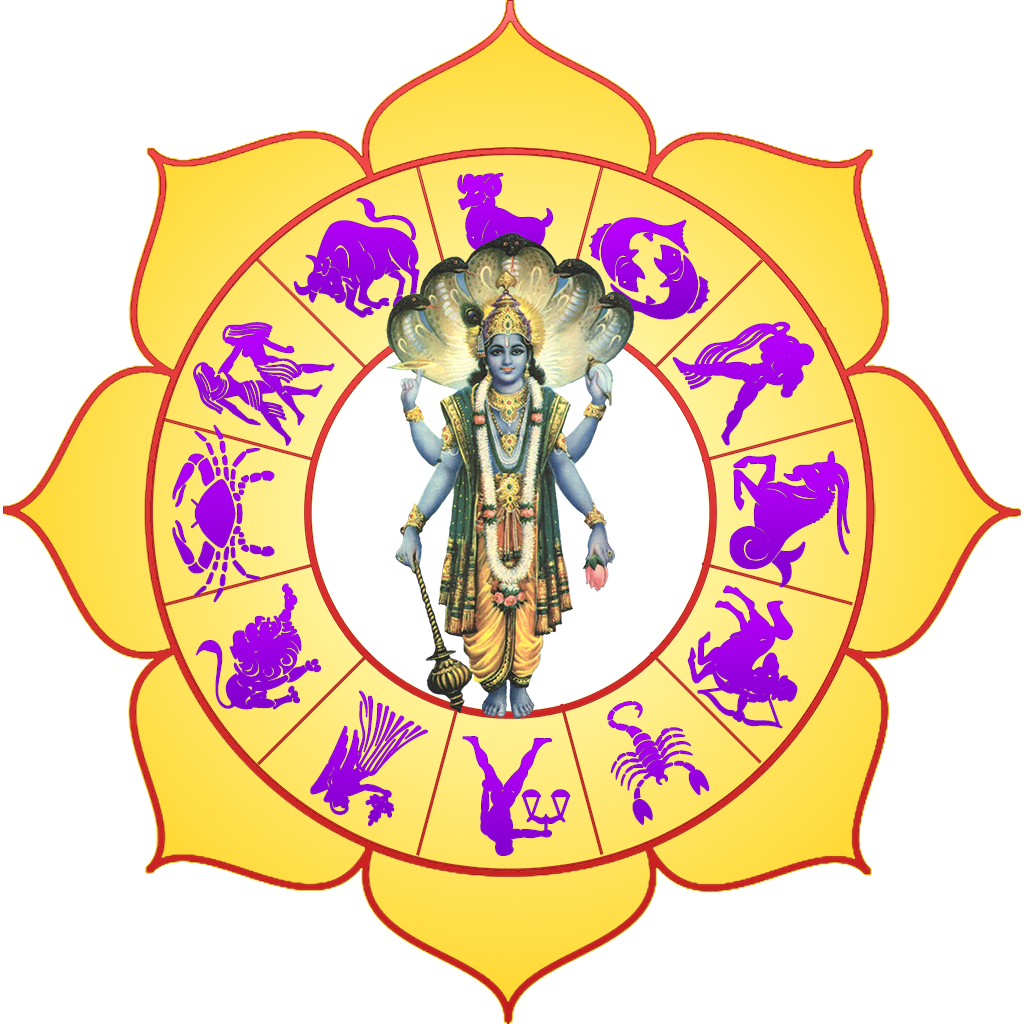Tag: Drekkāṇa
Somanāth Drekkāṇa
D3-S Chart The construction (mapping) of the Somanāth drekkāṇa is similar to the parivṛtti drekkāṇa (just like the horā) but with a difference in that…
Jagannāth Drekkāṇa
Definition The three drekkāṇa of a sign are its trines with the first in a movable sign, second in a fixed sign and third in…
Varāhamihira Drekkāṇa
Nomenclature: from Varāhamihira Mihira Drekkana or D3-M Varāhamihira defines the horā and drekkāṇa in the opening chapter of Bṛhat Jātaka (śloka 12). We have defined…
Parivṛtti Drekkāṇa
This is the simplest of the regular drekkāṇa charts and just like the parivṛtti horā, is based on direct count from Aries for the 36…
Parāśara Drekkāṇa
Overview This is the first of drekkāṇa charts based on the completion of the circle of the zodiac which is the real meaning of parivṛtti….
